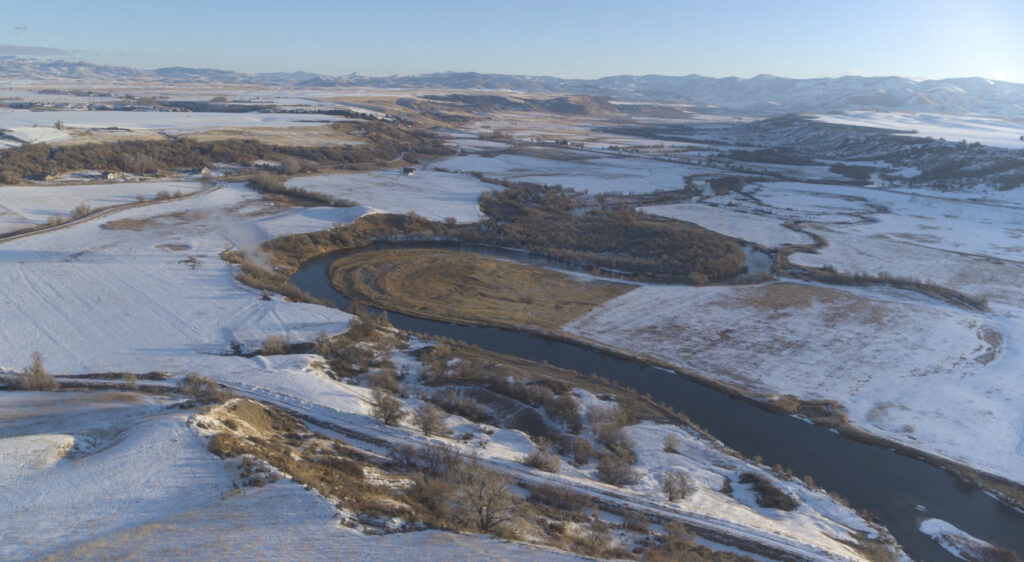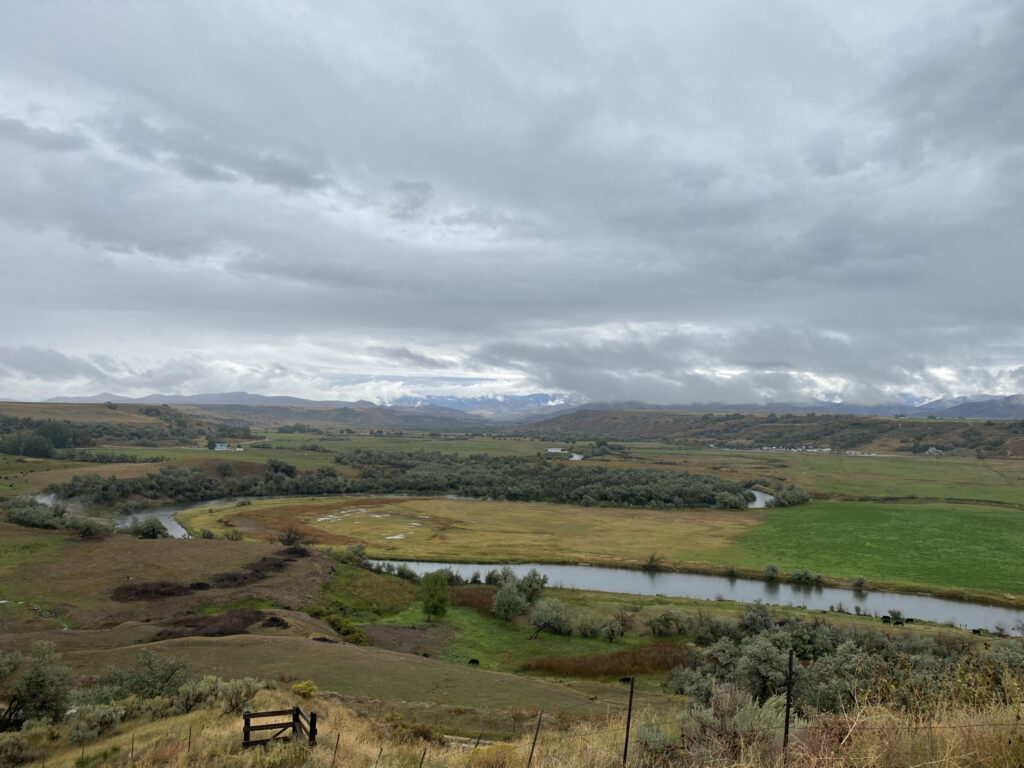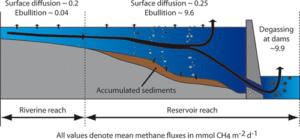Healing the Land
Editor’s Note: This Native American Heritage Month, Trout Unlimited is celebrating and honoring the efforts of our tribal partners who, since time immemorial, have been stewards of the lands, waters and wildlife they hold sacred.
We are inspired by the stories of the Nez Perce working to recover salmon on the Snake River, the site of the Bear River massacre, of the Red Cliff Band of Lake Superior Chippewa and Keweenaw Bay Indian Community bringing back coaster brook trout, of the Lower Elwha Klallam reopening the way for salmon on their home river, of the Tribes of Bristol Bay who have worked tirelessly to protect their home waters from industrial mining —and so many more.
Trout Unlimited is grateful to partner with tribal nations in the work to care for and recover incredible lands, waters and fisheries in special places.
The Bear River Massacre is the largest massacre of Native Americans in U.S. history. On January 29, 1863, U.S. solders marched into the Wuda Ogwa campsite, in present day Franklin County, Idaho – considered a sacred healing site filled with abundant fish and wild game – and murdered between 350 and 500 people, including many women and children.

Restoration of a river. Photo by James Cawley (Northwest Band of Shoshone Nation)
“[Wuda Ogwa] is ground zero for the tribe. That’s our cemetery. A lot of people died there; it was a massacre that shouldn’t have happened. But it did. And we have to remember it.” – Jason Walker, Tribal Councilman.
In 2018, the Northwest Band of Shoshone Nation (NWBSN) bought the sacred land to honor the history and sacrifice of their ancestors.
“Doing a full ecological restoration is the best way for us to teach our history. We need to show people we are still here, and we still believe in a way of life that was living with mother earth. We want to take our land back in time, ecologically, so we honor those that used to live here and come here for celebrations, before the massacre.” Brad Parry, NWBSN Vice Chairman.
For hundreds of years, the Wuda Ogwa, the site of the Bear River Massacre has undergone significant development, pollution and agricultural use. Now, the Tribe is restoring Wuda Ogwa to its organic and natural glory. NWBSN is removing invasive species, installing riparian buffers and working to heal the land. Over 10,000 trees have already been planted on the site, but the work is far from over.

The Tribe used a photo taken in 1918, along with advanced mapping analysis to identify the exact location of the encampment where the massacre occurred. They used the photo to guide restoration strategies on Battle Creek and ensure that this sacred land and water can be honored and protected for years to come. Trout Unlimited is a proud partner of this meaningful project, supporting the Tribe’s vision of healthy watersheds, cultural preservation, and restored land.
This post originally appeared on Trout Unlimited.


